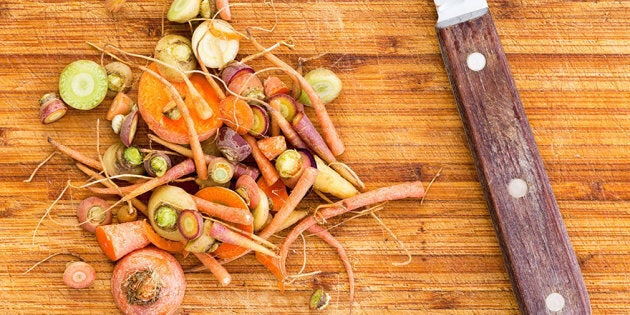
The figures are startling. Americans waste $165 billion worth of edible food every year, according to a report released by the Natural Resources Defense Council.
That's about 40 per cent of the total amount produced. If we reduced food loses by as little as 15 per cent, the report says, we'd be able to feed more than 25 million Americans who now go hungry. Healthy foods, such as fruits and vegetables, account for the largest losses.
The good news is that a war on waste has started to burgeon. "Ugly produce" is seeing the light of day in major grocery chains, even Walmart. The media has also gotten behind this trend.
Healthy, respectable meals can be made with humble ingredients.
In April, lifestyle-network FYI, owned by A+E, partnered with the National Chef of Sur La Table Joel Gamoran to create Scraps, a new culinary series produced by Katie Couric. The series follows Gamoran as he travels the country in his iconic 1963 Volkswagen bus, rethinking ingredients and creating meals out of remnants of banana peels, shrimp shells, chicken bones and carrot stems.
Other eco-conscious chefs are also jumping on the food conservation and frugality bandwagon. New York Chef Dan Barber temporarily transformed his upscale Greenwich Village restaurant, Blue Hill, into a pop-up called WastEd. With offerings such as "dumpster dive vegetable salad," made with bruised bok choi and fennel peelings, Barber reminds us that healthy, respectable meals can be made with humble ingredients.
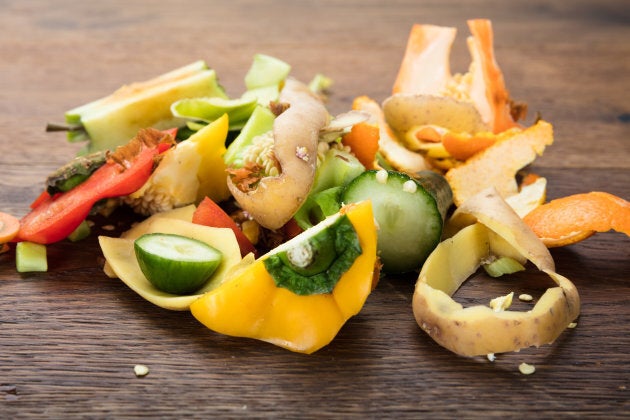
10 ways to "waste not, want not"
While we feel guilty when we throw out, or better yet, compost, healthy edibles, most of us have no idea how to put our kitchen scraps to good use. Read on and waste no more.
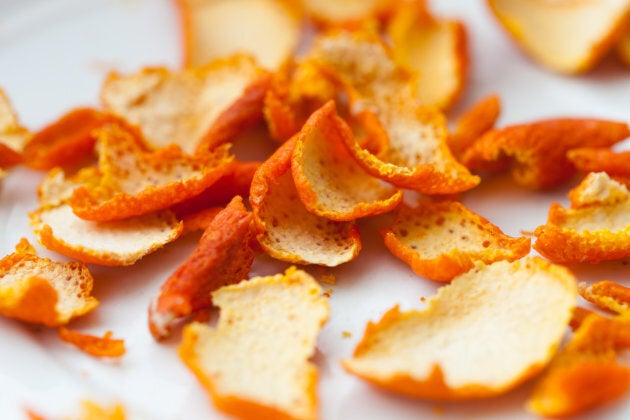
1. Citrus peels: lemons, limes and oranges
Citrus peels can be used in a variety of ways. You can candy the rinds, dry them and add them to tea, or infuse them in vodka or vinegar. The rinds add a flavour spark to soups, salads and baked goods. If you struggle to drink your eight glasses of water a day, add the peels to your water; you may find it more palatable. Rinds are also useful for keeping your garbage disposal smelling fresh.
2. Apple peels
Apple peels can be repurposed into apple jelly, salad garnishes or used as flavour enhancers in tea. Roast the peels with cinnamon and you'll have yummy apple chips to satisfy your snack cravings. Apple peels are also good stain removers for aluminum pots and pans.
3. Watermelon rinds
Watermelon is full of healthy antioxidants and good for your brain. Think of the rind as consisting of two parts: the white part next to the red flesh that we eat, and the hard green exterior. The white part has a cucumber-like texture, and works well in chutneys and curries or added to a gazpacho for a refreshing soup. The green outer part of the rind can be candied like a citrus peel, pickled, made into watermelon preserves, or even used in a stir-fry.
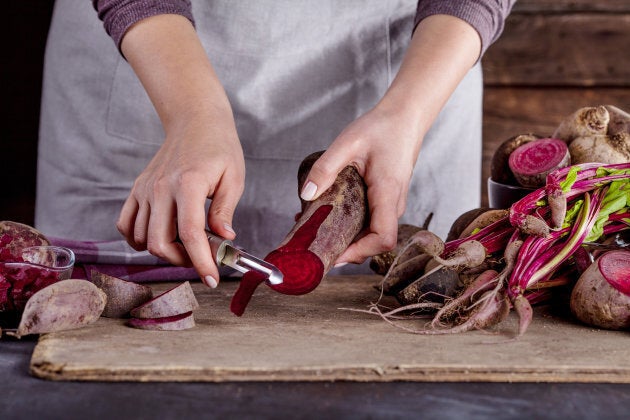
4. Beet tops
The formerly humble beet is gaining in popularity. Many restaurants offer a beet salad starter. Health conscious chefs sneak them into chocolate desserts such as brownies to add moisture while cutting back on the oil or butter. And there's no reason to discard the beet greens. They steam nicely, like swiss chard, which they resemble in taste. Enjoy them as a side dish or add them to vegetable stock.
5. Carrot tops
Instead of discarding carrot tops, chop them up and add them to rice dishes and salads. They also make a great stand-in for parsley in sauces and salsas.
6. Green onion tops and bottoms
Most recipes make use of only one part of the scallion, but this mild-tasting onion can be used from top to bottom. The white bulbs have a stronger flavour and are best cooked into stews and sauces. Try making scallion pancakes for a new Sunday brunch treat or use the top feathery part to perk up a salad or add flavour to everything from crab cakes to cornbread.

7. Corn cobs
When you eat corn on the cob, it inevitably results in a pile of discarded cobs. Stop wasting them. Chef Steven Satterfield, author of Root to Leaf, a cookbook that demonstrates the art of using vegetables from stem to stern, has created a simple recipe for Sweet Corncob Broth. Combine corncobs with unskinned onions and shallots, celery ribs with the leaves attached, and mushroom and herb stems, in a large pot of water and simmer for an hour. When it's cooked, strain it and refrigerate or freeze for later use. This vegetarian broth can be used as a soup base, in a sautée, or to make a healthy version of polenta.
8. Broccoli stems and leaves
Most of us cast off the broccoli stems in favour of the florets. Hold onto them. Slice them into thin rounds, roast them in the oven and add them to pastas and salads. Another way to use them is to pare off the thick outer layer with a chef's knife, cut them into thin sticks, and add them to slaws, salads and stirfrys. While you're at it, save the inner leaves as a salad green or roast them into broccoli chips. This recipe for Pasta with Broccoli Leaves, from prolific healthy cookbook author Martha Rose Shulman, demonstrates how to use them in a healthy pasta.
9. Fennel stems and fronds
I love the licorice flavour of grilled sliced fennel bulbs. But I can't say I've ever used the stems or the feathery fronds. The fronds can be used in the same way you'd use any herb. The stems are tough but soften up nicely when cooked. Add them to braises, stirfrys and pasta dishes. Since the taste of fennel pairs well with fish, next time you grill, poach or steam your favourite seafood, add the stalks and fronds alongside. They will infuse the dish with a delightful aroma.
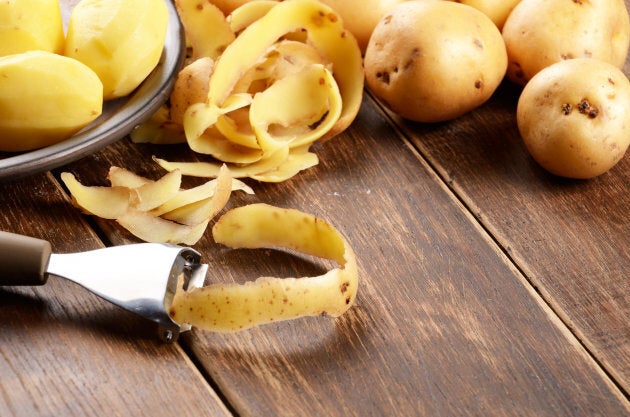
10. Potato peels
Potato peels are a known garbage disposal clogger. They can turn into a paste and gum up the works. So put them to good use. Potato peels can be baked or fried and eaten as chips or crumbled for use as croutons. Another option is to freeze the peels and use them to make potato peel broth or soup. Potato water is a great way to dilute gravy. Potato skins also have non-culinary uses. The acids in the peels help remove tarnish and rust from silverware and pots.
Lorie Eber is a Certified Nutritionist and Gerontology Instructor who provides one-on-one weight loss coaching. She's also certified by the Mayo Clinic as a Wellness Coach and a NASM Personal Trainer. She's the author of 40 Ways to Leave Your Lover: That Would be Junk Food and How to Stay Healthy in A World Designed to Make Us Fat and Lazy.
Follow HuffPost Canada Blogs on Facebook
Also on HuffPost: